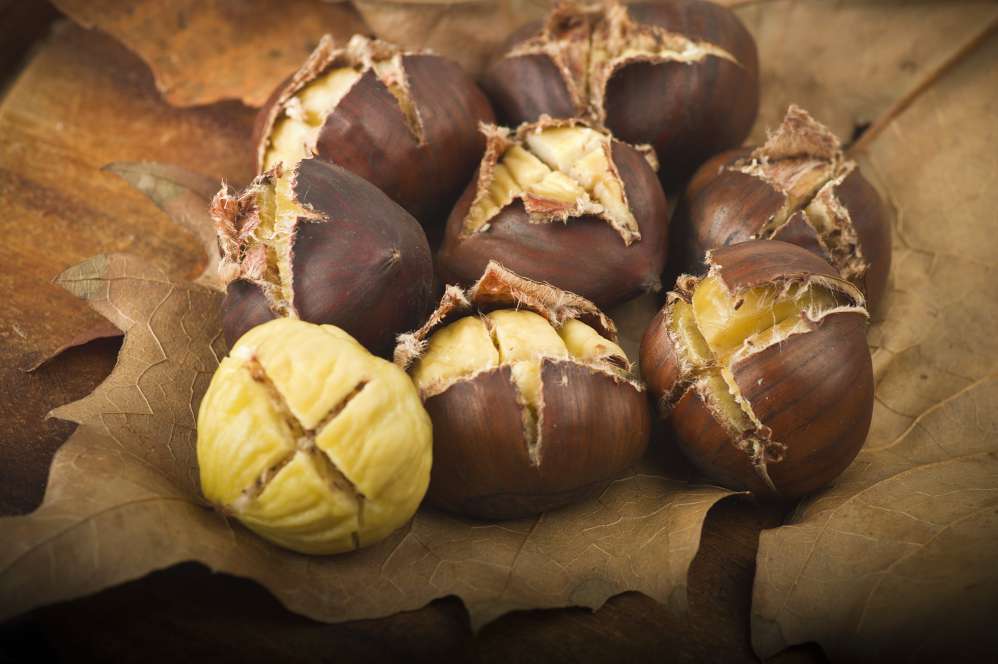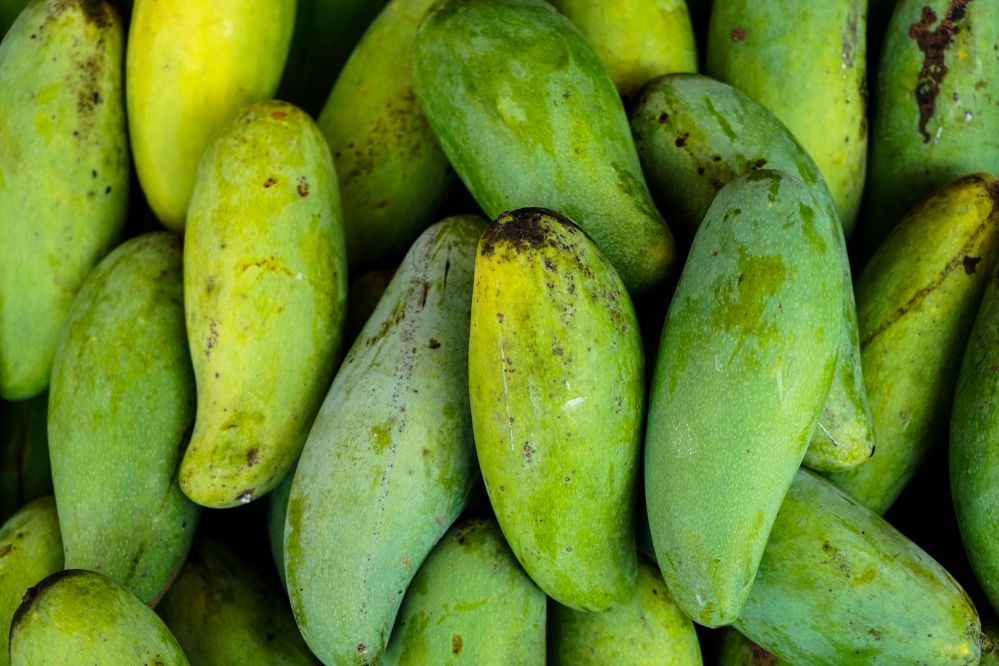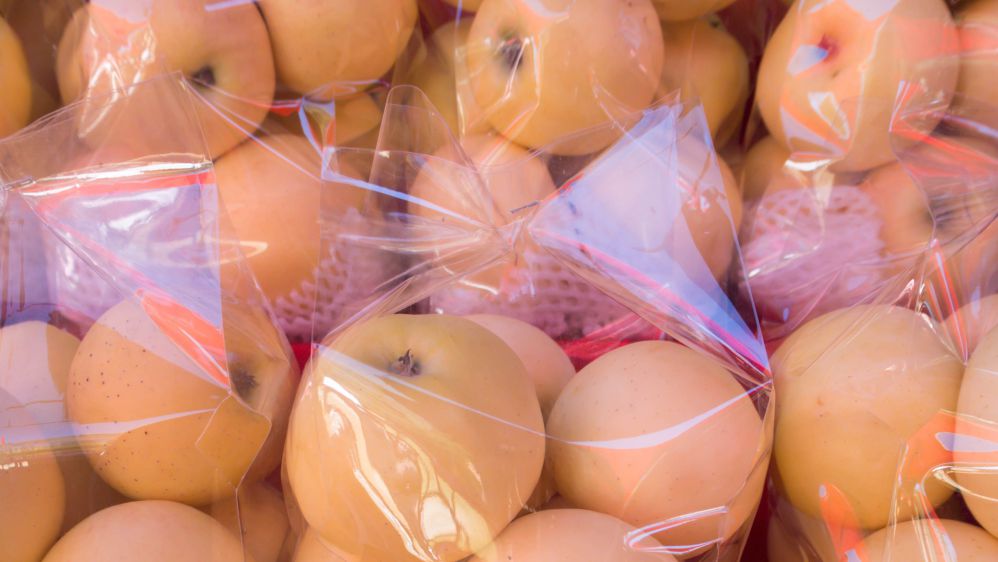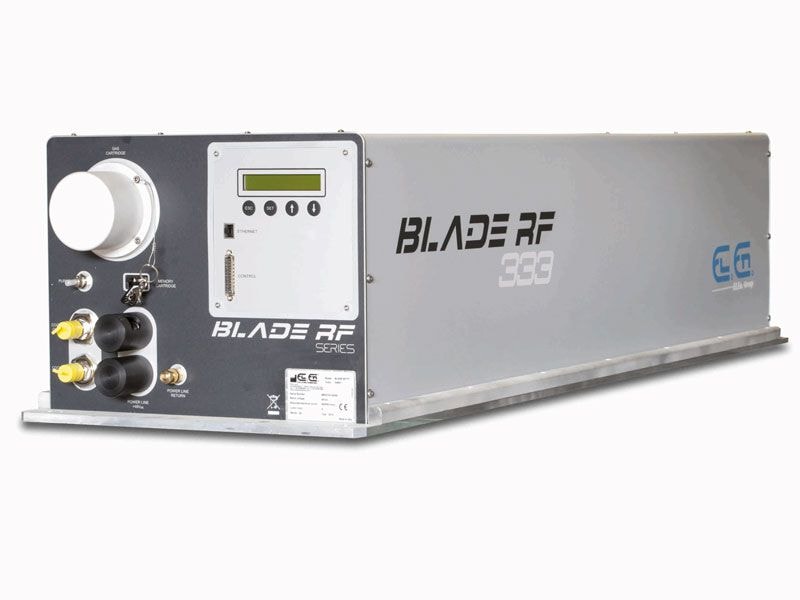Peeling fruit and vegetables using laser technology? It is possibile. And it is only one of the many applications of the CO2 laser for the food industry. Because of its wavelength, the CO2 laser allows you to efficiently process materials of organic origin.
The fast technological advance of the last few years have made the use of laser in the food industry now possible. El.En has been one of the first CO2 laser producers to study and experiment on its possible uses in the food industry. Laser technology can be used for cheese or cured meat marking, chestnut incisions, biostimulation, etc.
In this article we will describe another laser processing technique: the laser peeling of fresh fruit and vegetables.

How the processing mechanism works
The laser peeling process consists in using a focused laser beam to remove the skin of the produce. This is possible thanks to the elevated energy density that the laser manages to concentrate on a very small area. The process causes the immediate disappearance of a layer of material.
The thickness of the removed layer is very thin and essentially depends on the chosen parameters for the laser. Usually this layer corresponds to a few microns. This means that even if the energy and pressure would be very high, they concentrate on a tiny part of the organic material. Consequently, the zone affected by the laser is scarce and very focused, which is very important for the processing of food products. The result is that the organoleptic properties of food, such as flavor, freshness, texture and color, are in no way modified by the laser’s action.
Onions, peppers, tomatoes, oranges and lemons are only a few of the fresh produce that can be exposed to this type of laser treatment.

Laser peeling equipment
From a technical standpoint, the configuration of this type of system mainly requires a CO2 laser source, a laser scanning head and a control software. The advantage of this type of system is that even with a low power CO2 laser source, you can obtain great results. In general terms, the higher the laser power, the faster the operation and therefore the productivity of the system.
The process is based on the laser scanning of the product to be treated. By carefully regulating the parameters of speed and laser power, it is possible to configure the laser with extreme accuracy according to the results you want to obtain.
Contact us
Our company specializes in the use of laser for food processing. We can build a solution that works for your needs. If you think that laser peeling could be useful for your business, all you have to do di contact us!





















